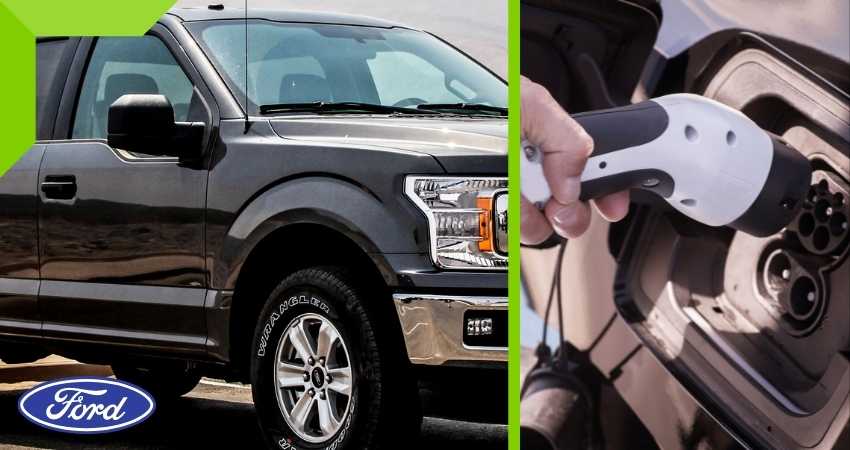FORD lighting F-150 is spreading like a forest fire among people who prefer trucks over sleek cars and EV users alike, BUT Did you know that owning it can have you end up with a dent in your wallet each month? Because of its expensive charging cost!
Here is how you can know and optimize your FORD lightning so the charging cost won’t weigh you down.
How Much Does It Cost to Charge Ford Lightning?
This depends on where you live and how you charge your car—at home, charging a standard model Ford Lightning costs around $13.91. It costs approximately $1,107 a year to recharge the Ford F-150 Lightning based on today’s electricity prices, Which adds to $23.06 weekly and $92.25 monthly.
But for extended range, battery charging at home will cost around $18.59.
Like any EV, Ford lighting can be charged at home and a public station, and its cost varies with both methods of charging. Let’s look at charging methods and which one is more cost-effective.
Ford Lighting Home Charging
The Ford F150 Lightning includes a Level I (120-volt) charging cable and can be charged using a regular home outlet. In-home charging can be done by level 1 and level 2 charging.. Using the U.S. household average from May 2021 of 14 cents per kWh, it would cost $25.20/month to charge an EV. It will take approximately 10 – 20 hours for a 120-mile charge for your FORD lightning to be fully charged. This is perfect if you’re leaving it to charge overnight.
Ford Lightning Public Charging
The Ford F150 Lightning includes Level 2 charging, which can be used at homes and public charging stations. And DC fast charging level 3 can only be done at public stations. It costs approximately $1,107 a year to recharge the Ford F-150 Lightning.
Each purchase of the F-150 EV comes with two benefits that will come in handy for charging at public charging stations. Buyers get complimentary access to DC fast charging at Electrify America Stations and are rewarded with two-year access to the Blue Oval Charge Network. This fast-charging incentive is capped at 250kWh only, though.
A Comparison Table on Charging Cost of Ford Lightning at Home and With A Public Charger in different US states
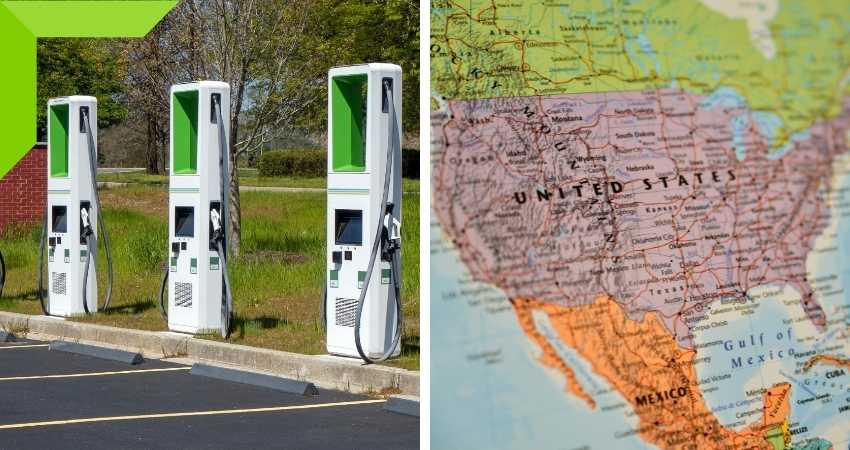
In this table, we will compare public charging and charging at home in various states of the US. Note that every state’s public station has a different measurement, charging some cost by the hour and some by kWh.
| States of US | Public charging cost | Home charging cost (per kWh) |
| California | $1.50 per hour | $2,617.58 |
| Texas | $246 annually | $1,254.40 |
| Florida | $0.13 per kWh | $1,323.00 |
| Virginia | $1 per 40 miles | $1,228.92 |
| Washington | $4 per hour | $1,228.92 |
| Arizona | $2.40 per hour | $1,242.64 |
Comparing Charging Cost With Different Battery Sizes
Ford has been out with more than 3 EVs with different battery sizes (of course!), as its size plays a major role in EV charging cost and range. Let’s compare and discuss price differences between various battery sizes.
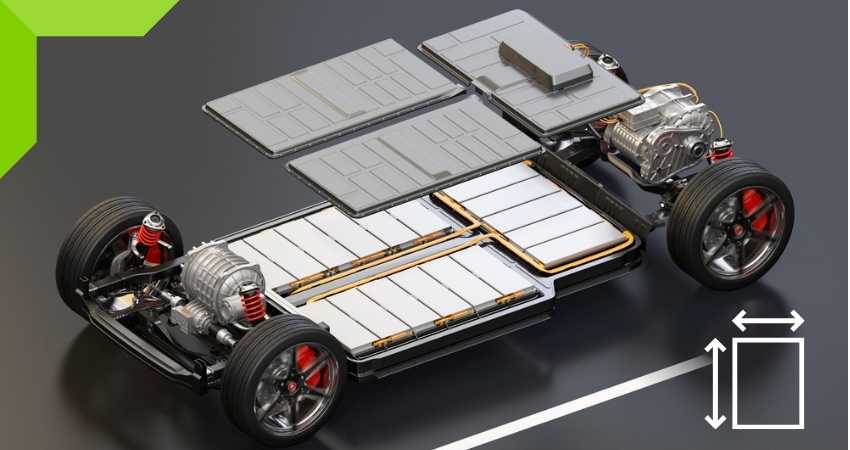
(Note that 16.93 per kWh average electric cost (per kWh electric cost of new jersey) was kept for measuring, but the figure may vary by each state )
| FORD EV models | Size of battery | Charging cost |
| Ford lighting standard range battery | 98 kWh | $1,659.14 |
| Ford lighting extended range battery | 131 kWh | $2,217.83 |
| Ford mustang Mach-e | 98.7 kWh | $1,670.99 |
| Ford Focus | 33.5 kWh | $567.16 |
What Factor Causes the Bill for Ford Lighting F-150 to Rising?
The following factors increase the charging cost of FORD lighting
Size of Battery
Ford’s Extended Range F-150 Lightning has a vast 131 kWh battery pack. The Standard Range models will carry a ‘mere’ 98 kWh battery. Bigger batteries require more energy to charge fully. A Lightning has a 110 kWh battery or 131 kWh in Extended Range. The average electric passenger car has about 88 kWh. Bigger batteries are like giant gas tanks. It costs more money to fill them up.
Efficiency
The efficiency of the Standard-Range models is at 76 MPGe city and 61 MPGe highway, whereas the F-150 Lightning Extended-Range for up to 78 MPGe city and 63 MPGe highway; as we can see, the standard range models are slightly less efficient.
The “MPGe” is miles per gallon. It is a good measuring tool for comparing EVs with IC. It works on how much power is in a gallon of gasoline.
Highway MPGe is an average of how much a car will drive on an open stretch of road without stopping, and City MPGe is a car driving in city conditions, i.e., stopping and slowing.
EPA can figure out the efficiencies of EVs by the MPGe. Ford lightning has terrible fuel economy, even though it’s a bit better in its extended version.
The F-150 Lightning ER has an efficiency of 2.1 miles per kWh, so it needs a larger battery to enable its 320-mile range and a halfway-decent range while towing.
Size of the EV
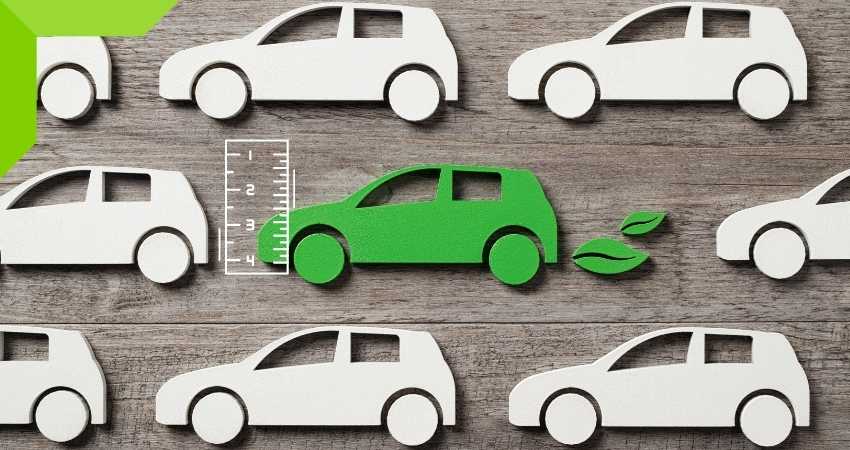
It’s a truck, so it uses more electricity than a car because of bearing a larger battery; thus, it needs more electricity to charge. Though powerful electric motors can be a drain on an EV’s efficiency, the main issue at play here is size. Because the Ford F-150 Lightning is a full-size pickup truck, the automaker has equipped it with powerful motors and large batteries. Both are necessary because the extra power allows the F-150 Lightning to tow 10,000 pounds, and its massive 131.0-kWh Extended Range battery pack gives the truck up to 320 miles of range.
It’s Not an Aerodynamic Design
Ford lightning lacks an efficient aerodynamic shape. For details, Ford decided to make an EV truck that looks just like a gasoline truck with the aerodynamics of a “brick.” They chose not to try a more efficient model with a newer and more aerodynamic design. But the new Ford EV Truck still has better efficiency than its fuel counterpart due to its EV design. For reference, the side view mirrors on my Ford F-250 take as much energy to push through the air as an entire Aptera EV.
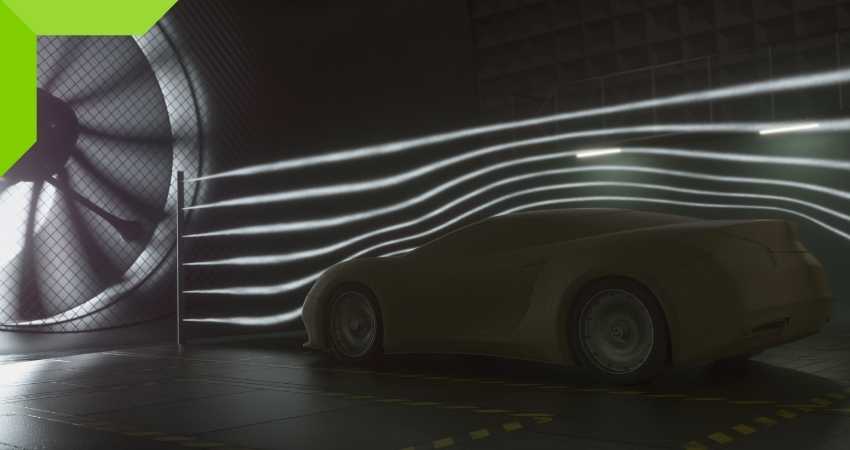
So The energy required to move a tall, 3-ton vehicle, with the aerodynamics of a brick 100 miles is the same whether it has an electric motor or an engine, and it’s a lot less than the energy required to move a low, 1.5-ton, a sleek car with good aerodynamic 100 miles instead.
How to Optimize Charging Cost (5 Ways)
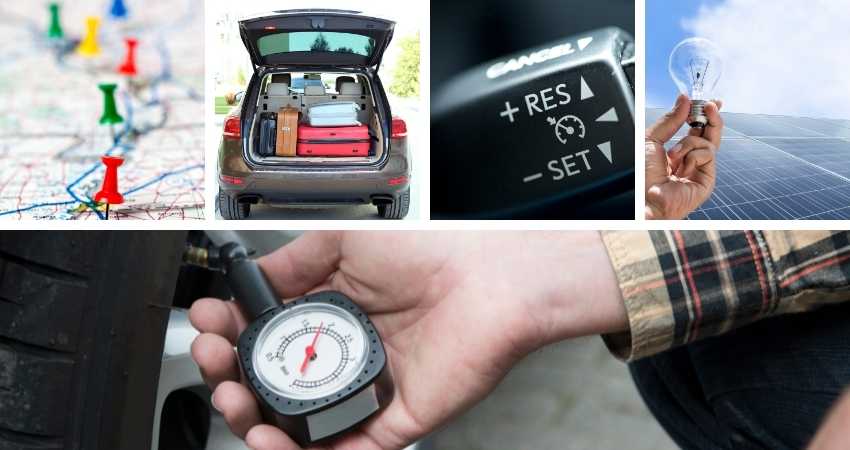
Even though the cost of Ford F-150 charging is expensive but is not a worry that can not be handled. Here are a few tips you can save some money from charging costs:
Tire Pressure
Plays an essential road in an EV. An underinflated tire will increase rolling resistance and consume more energy than a correctly inflated one. Be sure to check the recommended pressure required for your tires. To avoid losing energy, keep your tire at recommended tire pressure by FORD. Ford recommends 35psi for everyday driving. What gives you a comfortable ride around 35 psi is enough.
Plan Your Trips
Scheduling your trips can save you energy. You can use more charge when you take off in your truck with a cold motor. So if you run your errands in one voyage out, your motor will be warm and save you time and money.
Remove Heavy Cargo in Your Trunk
Using your truck to store your last ski trip equipment and other non-essential items? The extra weight will reduce your MPG. Remove unnecessary items and save money from your pocket.
Use Cruise Control
FORD has the Adaptive Cruise Control (ACC) series. You set a standard cruising speed and distance from the vehicle ahead of you. Driving at a steady speed on highways will help save charge, so Lock your speed through ACC. Keep in mind that charge mileage usually declines when driving over 50 MPH.
Switch to Solar,
And lastly, they always recommended one switch to solar power. Solar power is free of cost and an investment, especially on vehicles where the main issue is extra charge consumption. Investing in solar panels for your EV charging is very recommended and saving for a long time.
Conclusion
Ford lightning F-150 is an EV truck, which is one of its kind, it has its drawback, but it is an excellent step in the EV industry worth appreciating. I hope the article gives you insight into F-150’s high charging cost and how to resolve it.

